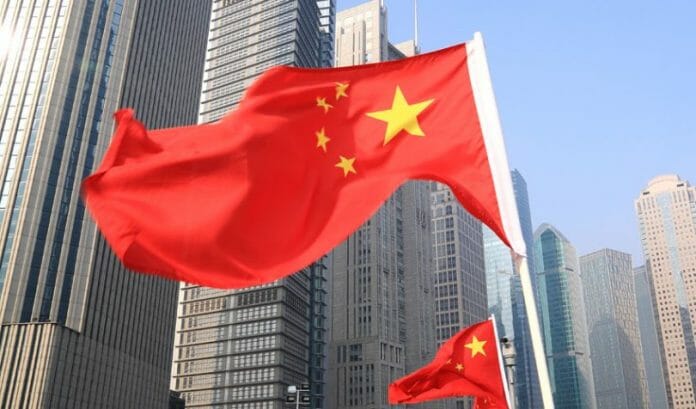China saw significant recovery momentum in the third quarter following the outsized impact of the Omicron outbreak in the prior quarter. Growth reached 3.9% y-o-y, in line with our expectations though above consensus (HSBC: 3.9%, Bbg: 3.3%). The recovery has gained some momentum on the back of a stronger supply-side rebound as well as a continued boost from trade.
That said, HSBC thinks there were still signs of stress as consumption has remained weak due to ongoing COVID-19 flare-ups and property weakness. The Bank, notes a number of factors that have driven the rapid recovery of industrial production, which exceeded expectations to rise by 6.3% y-o-y, the fastest pace since February. In September, extremely high temperatures had subsided, easing the impact of power outages in some regions which had been present the month prior. Manufacturing production picked up to 6.4% y-o-y, especially in medium and high-tech manufacturing.
Correspondingly, export data also remained relatively resilient, with the pace of growth reaching 5.7% y-o-y, a touch softer than in August and higher than expected (Bbg: 4.0%). Additionally, some easing in the property sector and pickup in activity for infrastructure investment likely also pushed up domestic production of key construction materials like ferrous and non-ferrous metals, which rose by 10.6% y-o-y and 7.8% y-o-y, respectively.
Meanwhile, the divergence in growth from investment channels remained wide. Property sector investment remained in a double digit contraction though had retrenched a bit from the prior month as some further policy easing in the sector filtered through (e.g. tax breaks, lower mortgage rates, easing of home ownership requirements, and an accommodative monetary stance). Home sales in terms of floor space sold improved moderately in September to a contraction of 16.2% y-o-y, from -22.6% in August (though this was partly helped by a lower base).
The strength of manufacturing investment and infrastructure investment growth, which both remained in the double digits in September reflects continued policy easing such as through policy bank lending and lending quotas in recent months. Longer-term corporate credit picked up in September. Reportedly banks are planning to expand lending to the real economy in Q4 on the back of strong policy guidance (Yicai, 19 October 2022), which can point to continued strength in these investment channels in the coming months. Retail sales growth slowed in September as cities such as Shenzhen, Chengdu and Guiyang increased local restrictions amidst clusters of COVID-19, in additional to a higher base. Correspondingly, services consumption saw some pullback despite the typically strong holiday period around the Mid-Autumn Festival.
Restaurant and catering sales fell by 1.7% y-o-y in September, following an increase of 8.4% y-o-y in August. But it does not just service as other discretionary goods also slowed or contracted, reflecting the ongoing weakness in consumer sentiment. Tobacco and alcohol retail sales fell by 8.8% y-o-y, compared with 8% growth in August, while items like clothing and jewellery sales also slowed to 0.9% and 1.3% y-o-y, respectively, (down from 7.1% and 7.0%). However, some items like automobiles (+14.2% y-o-y) were still resilient due to continued policy support (e.g. halving of auto purchase taxes).
The weaker consumption recovery has likely put further pressure on the labour market. The surveyed urban unemployment rate in September rose to 5.5%, up 0.2 percentage points from August, and the first increase since April. Youth unemployment eased marginally, with the unemployment rate for those aged 16-24 decreasing to 17.9%, down 0.8ppt from August, though still remaining near record highs.
The economic recovery gained significant ground in the third quarter, but there are still notable downward pressures which are holding back a full rebound. COVID-19 uncertainty and corresponding restrictions to prevent the spread of the virus can keep the consumption recovery muted, while labour market pressure has edged up. Meanwhile, sentiment around the property sector remains weak and there are further signs of slower global demand as global growth also loses some momentum.
Thus, HSBC expects policymakers will provide further comprehensive easing. And with the conclusion of the 20th Party Congress, expect policymakers can redirect their focus on supporting growth in the coming months.









